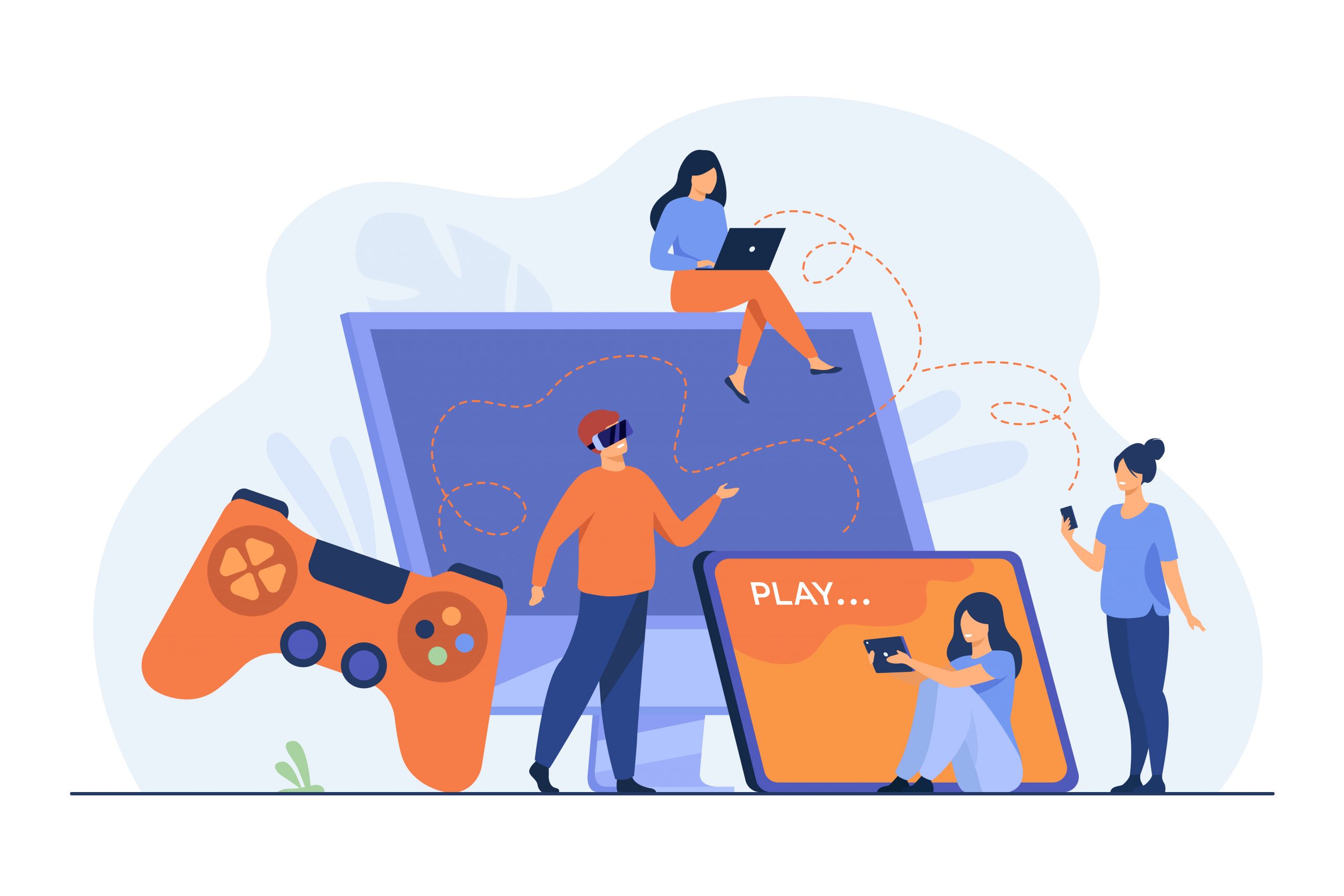💻French Level 3, Activity 08: La technologie / Technology (Face-to-Face)
Products: Les TIC (technologie de l’information et de la communication)/ la technologie
Practices: Research and Technological advancement
Perspectives: Statistically, France is one of the most technologically advanced companies in Europe! With many well-known contenders in the technological sector, France values technological advancement and research.
NCSSFL-ACTFL World-Readiness Standards:
- Standard 1.1: Students engage in conversations, provide and obtain information, express feelings and emotions, and exchange opinions.
- Standard 1.2: Students understand and interpret spoken and written French on a variety of topics.
- Standard 1.3: Students present information, concepts, and ideas in French to an audience of listeners or readers on a variety of topics.
Idaho State Content Standards:
- COMM 1.1: Interact and negotiate meaning (spoken, signed, written conversation) to share information, reactions, feelings, and opinions.
- COMM 3.1: Present information, concepts, and ideas to inform, explain, persuade, and narrate on a variety of topics using appropriate media in the target language.
- COMM 2.1: Understand, interpret, and analyze what is heard, read, or viewed on a variety of topics.
NCSSFL-ACTFL Can-Do Statements:
- I can talk about technology I use on a daily basis.
- I can ask about and identify familiar things from a story.
- I can brainstorm a resolution to a problem, such as running out of gas, with a partner.
- I can access information about technology and cars in the target culture.
Materials Needed:
Would you like to make changes to the materials?
Access the template(s) below:
- Activity Cards (Canva Template, free account required)
Warm-up
1. Begin by introducing the Can-Dos for today’s activity.
“Aujourd’hui, nous allons discuter de technologie. Nous allons parler des choses qui se sont passées et identifier la technologie courante avec un(e) partenaire. Nous allons aussi décider comment arriver à une solution d’un problème.” (Today, we are going to discuss technology. We are going to talk about things that have happened and identify common technology with a partner. We will also decide how to find a solution to a problem.”)
2. Students will get in pairs and answer a few questions to begin a conversation on topics related to the main activity:
Demandez aux étudiants de se mettre en équipe de deux et de répondre à quelques questions afin d’entamer une discussion sur le sujet de l’activité principale.
Maintenant, avec un(e) partenaire, vous allez répondre à quelques questions:
- Que dois-tu faire pour entretenir ta voiture ? (What should you do to maintain your car?)
- À quelle fréquence dois-tu le faire ? (How often should you do this?)
- Dans la réalité, à quelle fréquence le fais-tu ? (Exemples: changement d’huile, rotation des pneus, etc.) (Realistically, how often will you do this? (Examples: oil changes, tire rotations, etc.))
Main Activity
1. Divide the students into two groups. One group will be the “describers” and the other group will be the “guessers”. Move the groups into different spaces of the room.
Tout d’abord, vous allez former deux groupes. Le premier groupe devra décrire quelque chose et le second groupe devra deviner le mot qu’ils décrivent.
2. The “describers” will take turns drawing a card and will always work together to describe the word without saying what it actually is to the “guessers”.
Les membres du premier groupe devront choisir une carte, et ensemble, ils devront décrire le mot sans le nommer.
3. Process
Par exemple, si vous pigez la carte avec le mot “WiFi”, vous pouvez dire: “Vous en avez besoin pour accéder à l’Internet dans la maison. Lorsque vous allez au Starbucks, vous pouvez également vous connecter à cette invention.” (For example, if you pick the card with the word “WiFi”, you can say: “You need this to access the internet at home. When you go to Starbucks, you can also connect to this invention.”)
Vous aurez une minute pour deviner. Ensuite, vous changerez de groupe. (You have one minute to guess. then you will change groups.)
Il y a quelques règles de jeu: Vous ne pouvez pas utiliser le mot qui est indiqué sur la carte, vous ne pouvez pas utiliser les noms de marque et de produit comme iPhone, Android, etc. (These are the rules of the game: You cannot use the word that is on the card, you cannot use brand names and the product like iPhone, Android, etc.)
4. Have students continue practicing.
Wrap-up
Ask the following question(s) to finish the activity:
- À quoi ressemble l’avenir de la technologie pour vous? (What does the future of technology look like to you?)
End of Activity:
- Can-Do statement check-in… “Where are we?”
- Read can-do statements and have students evaluate their confidence.
- Encourage students to be honest in their self evaluation
- Pay attention, and try to use feedback for future activities!
NCSSFL-ACTFL Can-Do Statements:
- I can talk about technology I use on a daily basis.
- I can ask about and identify familiar things from a story.
- I can brainstorm a resolution to a problem, such as running out of gas, with a partner.
- I can access information about technology and cars in the target culture.
Cultural Resources
How to Remix a Pathways Project Activity
Feeling creative? The Pathways Project needs your help in remixing activities for the K-12 classroom.
Try taking an activity to the next level by:
- Add new content (something you’ve created or another OER source)
- Contribute additional activity suggestions
- Integrate authentic materials such as videos, infographics, photos, etc.
- Suggest how to implement the activity in the classroom
- Customize the content for a specific audience or group of learners (for example, K-5 learners or to differentiate for student’s needs)
We want to make it easy to share back with the larger Pathways Project Community! Simply, click this link to remix this activity.
Please consider sharing your remixed activity with us by emailing the activity link to Pathwaysproject@boisestate.edu so that Pathways continues to grow!


